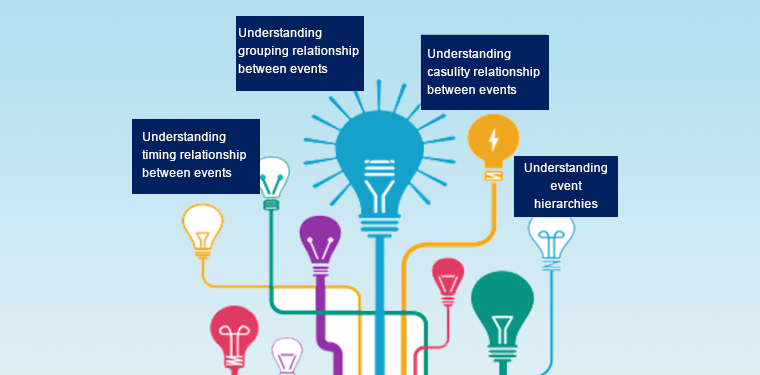What Is Finite State Architecture and Why Is It Important
NerveCenter provides IT professionals with the flexible tool they need to monitor their continuously evolving, complex networks. The framework provided by NerveCenter organizes its operation around the concepts of Finite State Automaton to solve the complex issues of monitoring an IT network. Finite State Automaton, or Finite State Machines model the behavior of objects by walking through a series of states defined by transitional logic and conditions. A Finite State Machine incorporates States, Transitions and Actions. A State stores information about past or current conditions. A Transition occurs on a change in State which is described as a condition that enables the Transition. An Action is an activity that is performed when entering or exiting a State, when a Transition occurs, or based on the current State.
A Finite State Machine in the context of NerveCenter is a model of sequential logic paths with a finite number of states (“NerveCenter Model”). This NerveCenter Model Finite State Machine is represented by a state transition diagram. The elements of NerveCenter’s Finite State Architecture suit the requirements for devising investigative and management models. States represent potential steps in an ongoing line of work. For a running instance of a model, the current state expresses the present understanding of a dynamic situation. The links between states, the Transitions, represent the flow of a problem’s handling. As data are gathered and considered and as events occur, transitions allow the live instance of a model to advance. Key towards this are Inputs, the means of propelling the operation of a model’s running instance. Inputs can be event notifications, the results of polled data, observing the state of accumulated data, or simply the notification of time passing. NerveCenter refers to the decisions made by analyzing data and events as Triggers. Triggers advance models, causing instances to advance their state progression via the supplied transitions. Actions, the final component, are the potential outputs of the system. Actions are activities performed when a model has reached positions where upstream notifications or downstream actions are required.
In a NerveCenter Model, the Logic Paths, States, Triggers Transitions and Actions are configured by the user to detect states and transition to new states by executing conditional logic. In this way, the user can implement their logical investigative and correlation actions into the NerveCenter Model. By incorporating this Operational Intelligence, the user creates a real-time, event-based approach to delivering filtered, actionable alerts that allow IT professionals to make faster, better decisions. The overwhelming number of events generated by IT operations is filtered using logic and correlation to proactively identify real issues that require attention, eliminating false positives and negatives and zeroing in on root cause. By configuring manual operator actions into the NerveCenter Model, more automation is achieved further reducing MTTR and increasing network up-time.
NerveCenter distinguishes itself in that it is easily configurable, is scalable and has a powerful correlation engine at its core. Because NerveCenter stores states in memory, it has the ability to correlate events across time (time series and trending), across devices and across disparate sources. This ability to correlate events and data from multiple sources, combined with the ability to configure Operational Intelligence into the NerveCenter Model state machine allows NerveCenter to perform Detection-Oriented Complex Event Processing (CEP). The purpose of Detection-Oriented CEP is to detect combinations of events which represent event patterns. CEP techniques available in the NerveCenter Model include:
- Event filtering
- Event aggregation
- Event pattern detection
- Understanding timing relationships between events
- Understanding causality relationships between events
- Understanding grouping relationships between events
- Understanding event hierarchies
These capabilities give NerveCenter the ability to complete the most complex network monitoring use cases.
Customers use the NerveCenter Finite State Architecture to:
- Predict outages by incorporating logic to detect troublesome patterns of events
- To apply operations policies and procedures to events
- To filter volumes of events into actionable alerts

